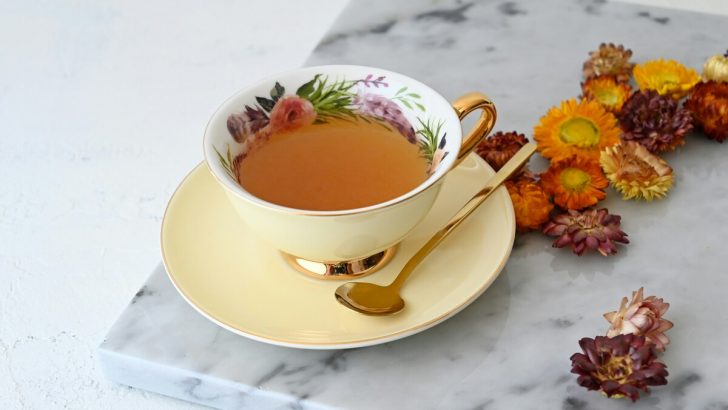Modern medicine is equipped to perform wonders.
We have the luxury of living in a time when almost any ailment is treatable. We’ve found ways to become entirely immune to the illnesses which would have destroyed our anscestors.
And while going to the doctor regularly is más allá de sabio, don’t we see professionals and eat up medicine over every little thing?
Before Doctors and Healers, There Was Nature

One thing is being concerned with your health and seeking concrete treatment from doctors when needed.
However, another thing is that we have allowed ourselves to become a little spoiled.
Regular cough? We turn to big Pharma. Mild urinary inflammation? Also. Itchy scalp? Just the same.
Nature has provided us with various ways to prevent many health issues.
Among the easiest to prepare are teas.
¿Qué es la curación holística?

Holistic healing is all about prevention.
En no one rational se ever claim that holistic healing trumps modern medicine in más serious cases, it does wonders for preventing your regular cold, upset stomach or sensitive bladder.
The wise approach to holistic healing would be one where it’s used to restore the balance to one’s body and boost their immune system.
Existen many components to this type of healing practice.
Among the most common are acupuncture, homeopathy, herbalism, massage therapy, nutrition, yoga and chiropractic care.
Herbalism: Tea Is Just a Single Component
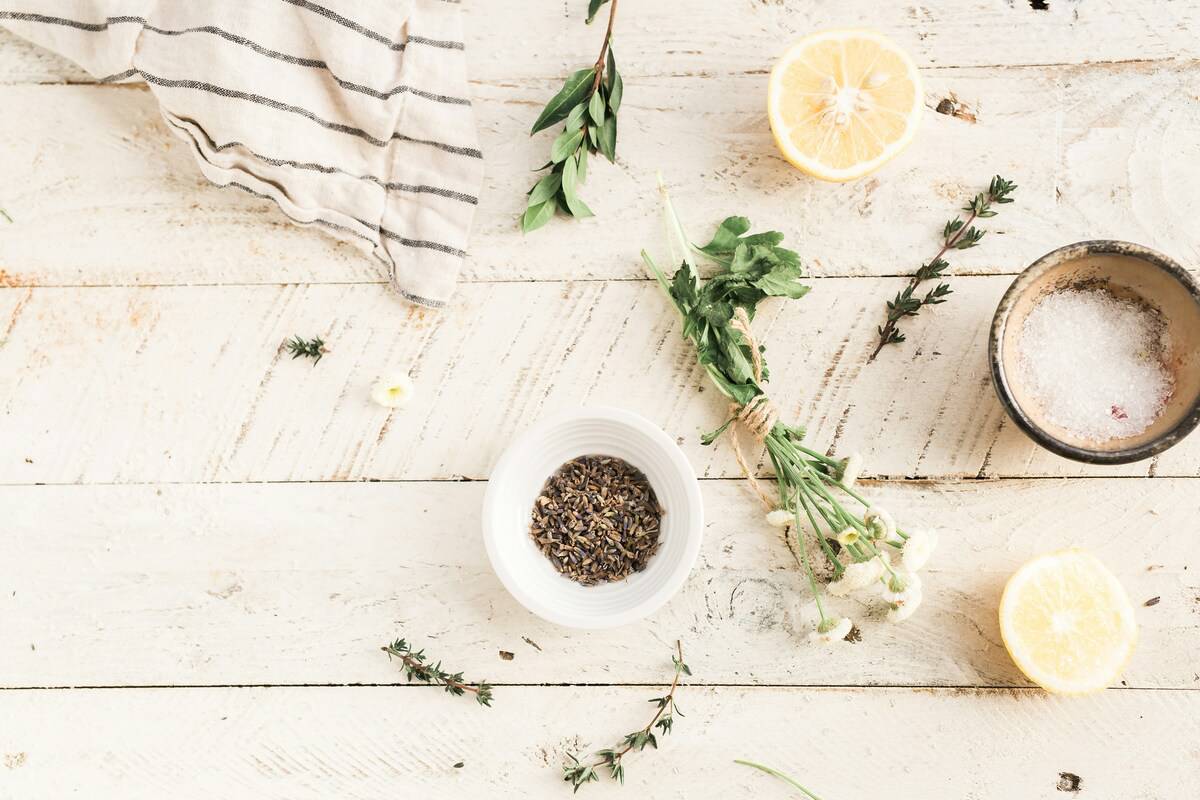
Herboristería is a prominent part of holistic healing practice.
It’s positively antiguo, as it was common for druids, priests, court healers and witches to use herbs para diversos fines.
Herbalism assumes the use of plant-based natural remedies. Depending on the plant, various parts of it can be used – from the root to the flower.
Teas, tinctures, oils and infusions are only a few products of herbalism.
It promotes body’s natural ability to heal itself, prevents desease and may even regulate hormones.
Tea Is Herbalism for Dummies
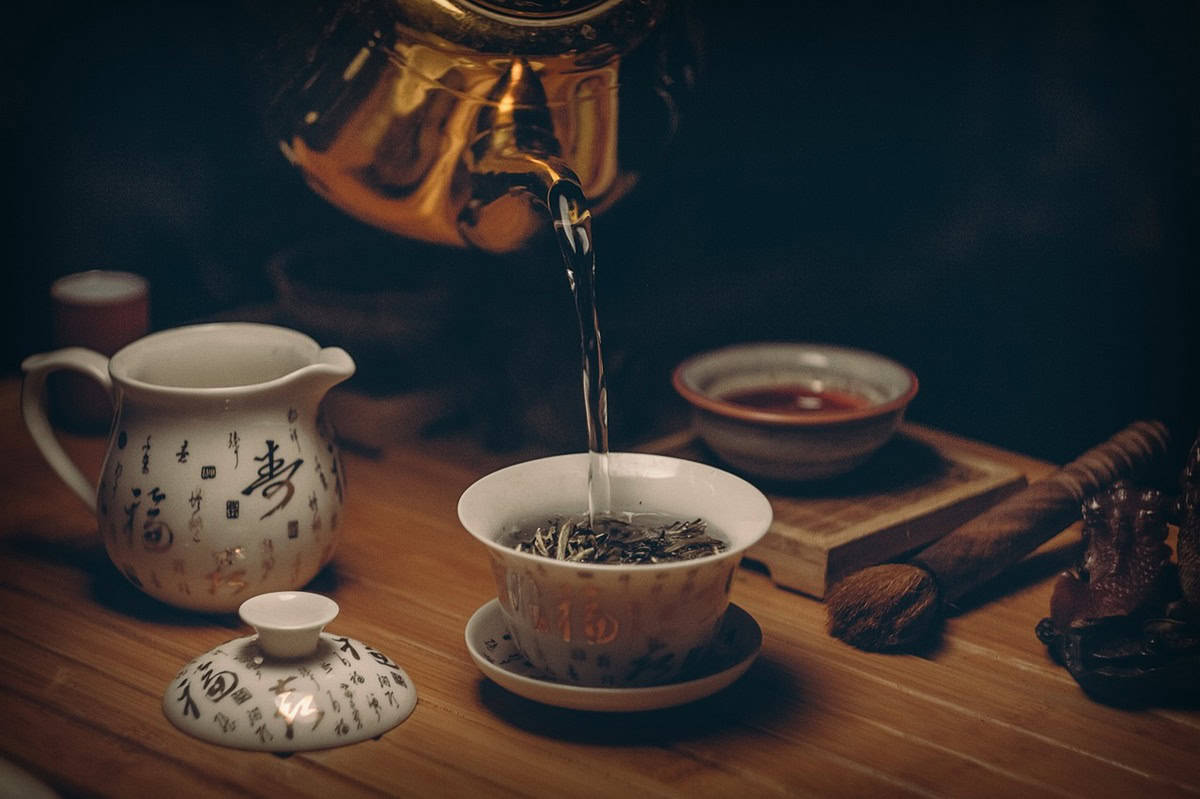
Has anyone ever been taught how to make tea?
It’s quite literally the easiest form of natural remedy. Sprinkle dry herbs into a cup and cover with hot water. Voila!
Especially in our day, when we don’t actually need to memorize which tea is good for which ailment.
You’re one Google search away from being somewhat of a druid yourself!
Every Kitchen Should Have These 5 Healing Teas
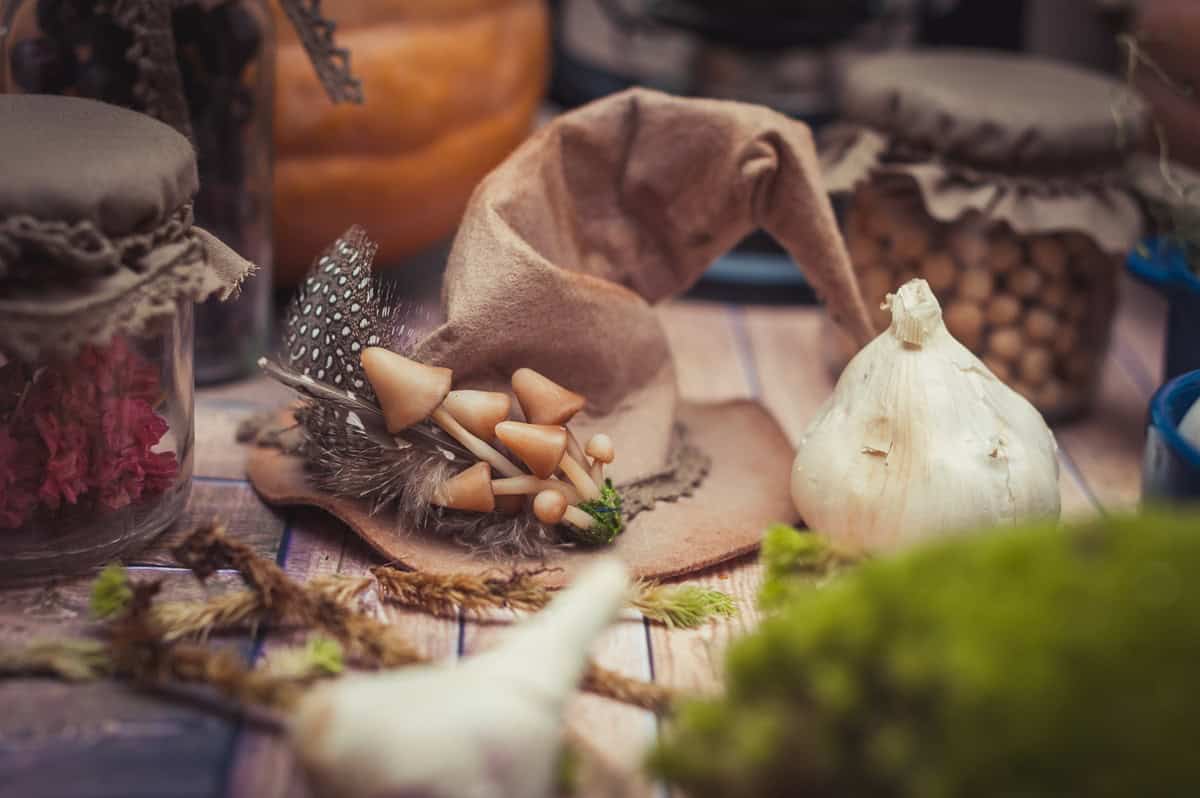
Though it’s much tastier and better to make tea with herbs rather than a filter, it gets the job done either way.
Even if you don’t have a tea house or a durgstore nearby, pretty much any covenience store sells these five teas.
Let’s discover their healing properties.
Manzanilla
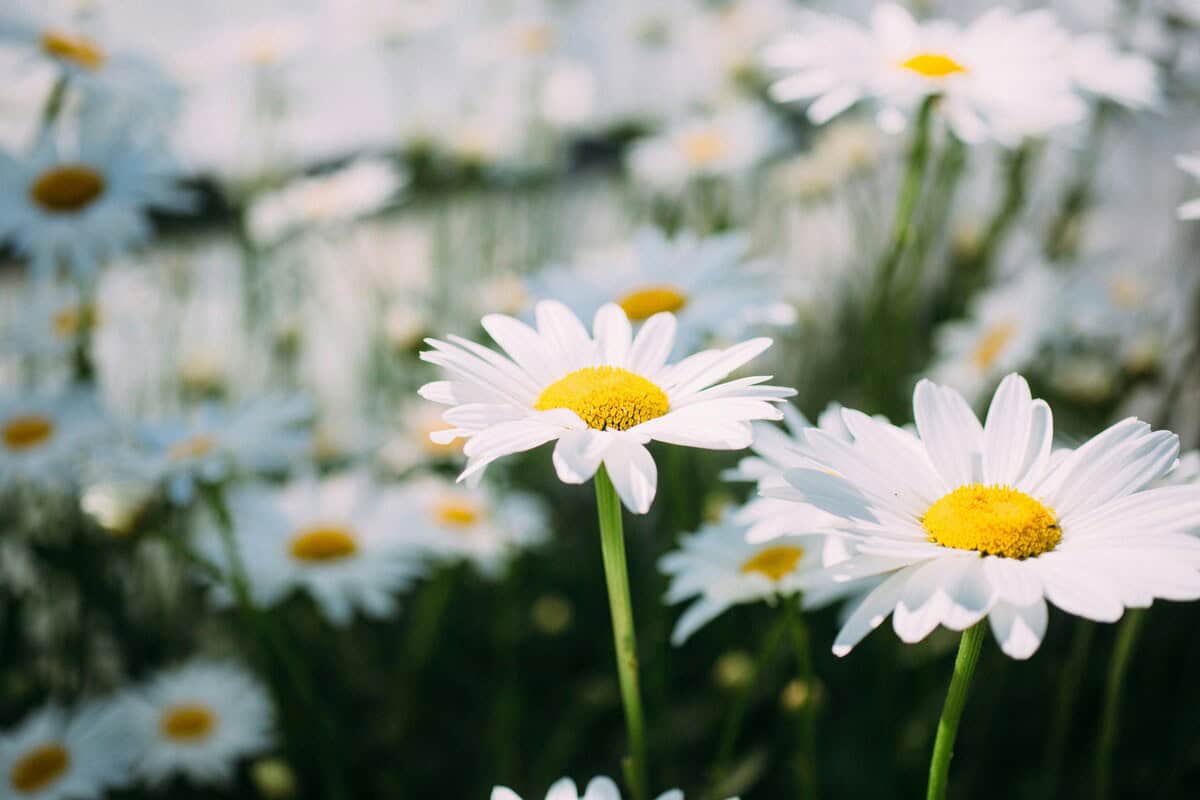
Chamomile is the go-to tea in any house. It’s the cheapest and has the most neutral taste.
The tea is made from the dried flower called Matricaria chamomilla. It’s quite tall – it grows up to 60 centimeters in height (or 2 feet).
It’s flower resembles a daisy, since it’s white with a yellow middle.
Chamomile is commonly used for relaxation, calmness and cleansing.
It contains anti-inflammatory and anti-microbial properties. Hence, it’s commonly used in tinctures and creams.
Drinking this tea may help you sleep better, it can soothe digestive issues and even calm your anxiety.
Aside from drinking, you may use chamomile tea in a bath, it’s quite beneficial for the skin.
You can also use it to rinse your eyes if something caused them irritation.
It’s also highly recommended for intimate hygiene.
Menta

Peppermint belongs to the mint family of herbs. In botany, it’s called Mentha piperita.
It’s a green type of plant, which has a very specific smell and taste. It gives a cooling sensation, has rich flavor and it’s even rich in oils.
It’s popularly used in oral care, because of its antibacterial properties. It aids in tooth and gum decay.
Peppermint tea is most commonly used to soothe digestive issues. If you have an upset stomach due to illness or drinking, this tea is your go-to remedy.
Also, because of its strong aroma, it’s recommended for inhaling if you have respiratory issues or frequent headaches.
Simply pour peppermint tea into a bowl. Lean your face above it, cover your head with a towel so steam doesn’t get out.
It will help you breathe more easily and even open your pores.
It also reduces stress and has a great taste. That’s why many tea drinkers opt to drinking this tea all the time.
Bearberry

Bearberry is not as popular as chamomile and peppermint, though it is just as beneficial.
It’s a shrub type of plant, which has been used in natural medicine since the ancient times. It’s got anti-oxidant, anti-inflammatory and anti-viral properties.
Bearberry is primarily used for healing and preventing urinary tract infections.
In the early stages of infection – unless it’s began to affect your kidneys – bearberry tea is as helpful as any drug your doctor might prescribe you.
And it’s entirely safe to use alongside drugs.
It is extremely beneficial for reducing inflammations, for digestive health, skin health, and especially men’s health.
It’s even said to possess cancer-preventing properties.
Jengibre
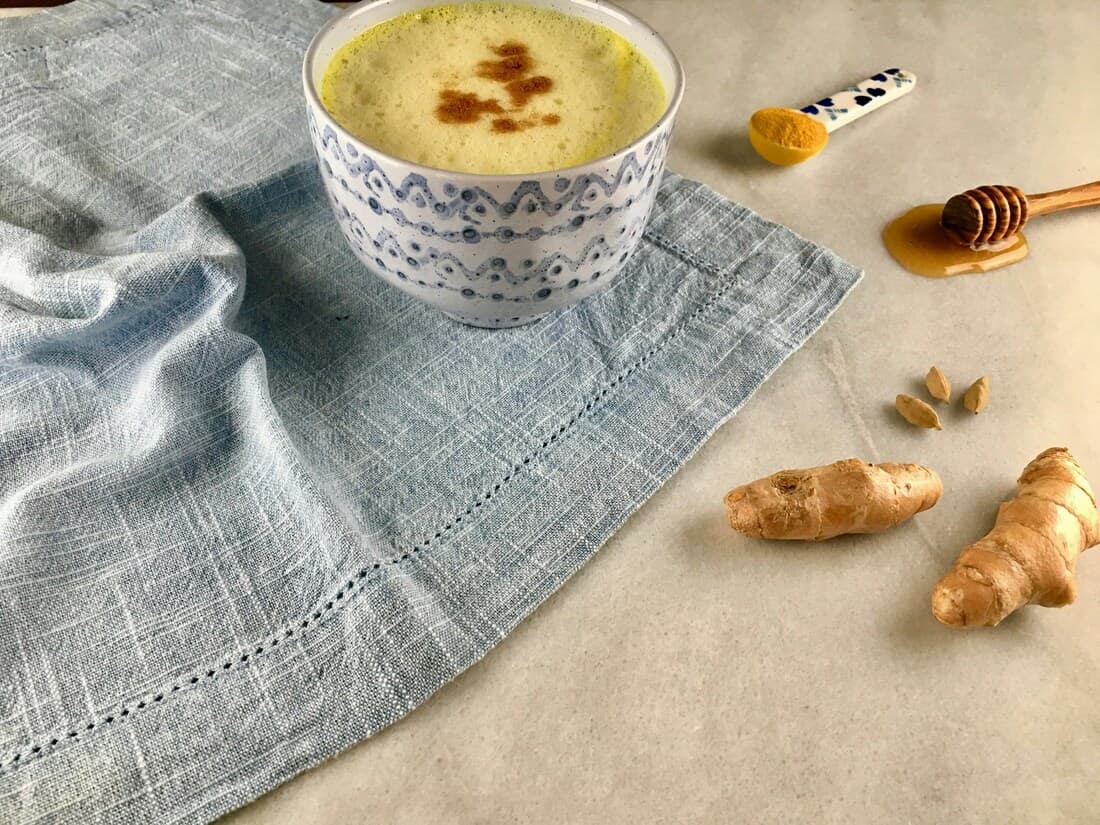
Ginger is a root with multiple beneficial properties. It can be ingested in various ways. You may eat raw ginger, you may buy it covered in sugar and eat as a snack.
You can drop some in whatever you’re cooking for additional nutrient and smell. And, of course, you can make it into a tea.
Though you can buy it dried and packed in tea bags, it’s best to simply cut a few chunks or raw ginger and boil them for about ten minutes.
The aroma and the taste can’t compare.
Ginger is good for an overwhelming amount of things.
Most commonly, it’s used to help nausea. However, it’s also good for digestive health, pain and cold relief.
It’s anti-inflammatory, it boosts your immune system, prevents cancer and aids raspiratory health.
I warned you – it’s overwhelming.
Rose-hip

Rose-hip is the fruit of a rose plant called Rosa rugosa. It’s red and orange in color and quite small.
The fruit is rich in vitamin C and minerals. It’s even referred to as a superfood.
Rose-hip is said to heal acne or eczema.
It can be made into jam or jello. Dried, it can be eaten or boiled for tea. It’s got a sweet-sour taste.
It is beneficial for your bones, eyes, iron and hair.
Rose-hip tea helps with pain relief, arthritis, it supports immune system and aids digestion.
The tea may also help with weightloss, as it helps with losing belly fat if drank regularly.
A little Aquarius, devoted to writing and embroidery. Through my writing, I hope to empower readers to align with their true selves and navigate life’s mysteries with confidence.

